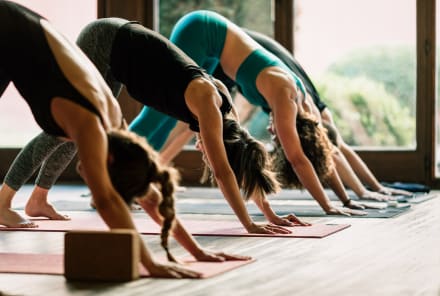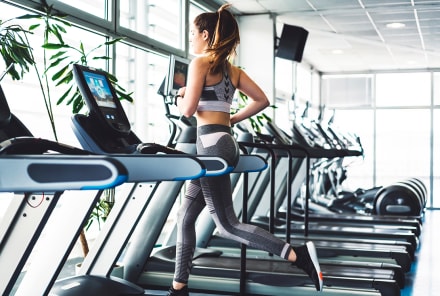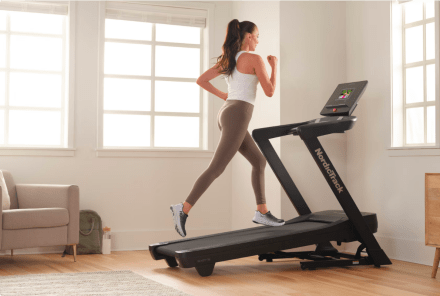Advertisement
The Essential Precursor To Active Listening That Most People Miss


Being aware of your body, and developing a posture that is upright, aligned, and grounded but also relaxed, is surprisingly helpful in developing attunement—the ability to be aware of our own state of mind and body while also tuning in and connecting to another person.
An important part of attunement is physical, whether we're conscious of it or not. Even if we have no physical contact with another person, attunement involves the use of body language, facial expression, and the coordination of our own movements with the other person's.
Virtually all of us carry around layers of tension in our bodies, often without even knowing it. This tension leads to misalignment that can interfere with our ability to tune in to ourselves or to others. The tension can stem from too much time sitting at the computer or using our smartphones, or it can develop from years of chronic stress and trauma that infiltrate our lives to varying degrees.
To develop your physical skills of alignment and relaxation, we begin with a series of stretching exercises to loosen and release the physical tension from all parts of the body.
A stretching routine for strengthening attunement.
The suggested stretching and loosening exercises found here are often used in tai chi. They emphasize loosening up areas of the body that tend to get tense in our daily lives, especially the neck, shoulders, back, and hamstrings. We describe them briefly here, but you can also find more details and video demonstrations at MissingEachOther.com.
Begin by lightly stretching the following body parts. Try to stretch muscles at about 70% of their stretching capacity rather than pushing yourself to 100 or 110%. That's a recipe for getting injured.
- Neck: Standing with your feet shoulder-width apart, knees and hips slightly bent, and with your hands on your hips, gently and slowly rotate your head. Circle your head five times in each direction. Don't let your head fall back too far. Be gentle with yourself.
- Shoulders: Do gentle, circular shoulder shrugs five times in each direction (from back to front and from front to back). Next, starting with your arms reaching down and your fingers extended, circle your arms in front of you, up by your head, and then behind you and back down again. Do five rotations in each direction.
- Waist: Stand with your feet slightly wider than shoulder-width apart and knees and hips bent. Gently twist your waist from side to side 10 to 20 times. Your hips and lower body should remain fixed and stable so that the gentle side-to-side turn comes from the waist. Let your arms naturally move from side to side along with your body.
- Hips: With your feet slightly wider than shoulder-width apart, your knees slightly bent, and your hands on your hips, gently move your hips in a circle in each direction five times.
- Back and hamstrings: Stand up straight with your feet shoulder-width apart (or closer if you can keep your balance), then gently bend forward from your waist, keeping your knees straight, and reach with your hands down toward your toes. Let your weight fall toward your shoulders and head while keeping your balance. Feel the stretch in your lower back and hamstrings and try to maintain this stretch for a count of 10 to 30 seconds. Then, slowly and gently, rise back up to the standing position.
Adapted from an excerpt of Missing Each Other: How To Cultivate Meaningful Connections by Edward Brodkin and Ashley Pallathra, copyright © 2021. Reprinted by permission of PublicAffairs, an imprint of Hachette Book Group Inc.
Watch Next
Enjoy some of our favorite clips from classes
Enjoy some of our favorite clips from classes
What Is Meditation?
Mindfulness/Spirituality | Light Watkins
Box Breathing
Mindfulness/Spirituality | Gwen Dittmar
What Breathwork Can Address
Mindfulness/Spirituality | Gwen Dittmar
The 8 Limbs of Yoga - What is Asana?
Yoga | Caley Alyssa
Two Standing Postures to Open Up Tight Hips
Yoga | Caley Alyssa
How Plants Can Optimize Athletic Performance
Nutrition | Rich Roll
What to Eat Before a Workout
Nutrition | Rich Roll
How Ayurveda Helps Us Navigate Modern Life
Nutrition | Sahara Rose
Messages About Love & Relationships
Love & Relationships | Esther Perel
Love Languages
Love & Relationships | Esther Perel











